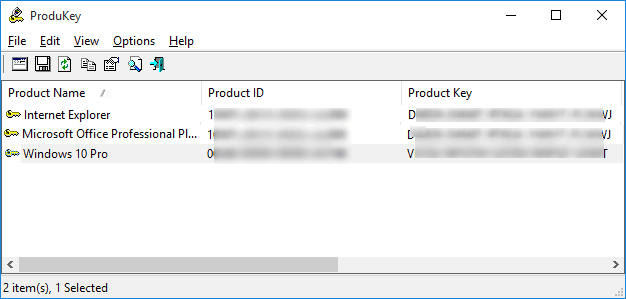

The great thing is that you can even recover a key, even from a computer that won’t boot anymore. We can only assume that they don’t want anybody to re-use a key from an old computer. We’re not really sure why Microsoft went to great lengths to make it difficult to see the product keys for their software, especially since they are stored right in there in the registry and can be read by software, if not by humans. RELATED: Beginner Geek: How to Reinstall Windows on Your Computer

How to retrieve Windows 8 and Windows 10/11 OEM product key from BIOS when using Linuxįirst, open the terminal application by pressing Ctrl – Alt + T keyboard shortcut.As you can see in the screenshot above, the product ID is stored in the registry but is in a binary format that can’t be read by humans unless you are some sort of Cylon. This facility also provides a powerful feature to debug and test ACPI BIOS table compatibility quickly with the Linux kernel by changing the old platform provided ACPI tables or inserting new ACPI tables. The /sys/firmware/acpi/tables facility can be used by platform/BIOS vendors to provide a Linux compatible environment without modifying the underlying platform firmware. r- 1 root root 40 Jan 17 17:01 BOOTĭrwxr-xr-x 2 root root 0 Jan 17 17:01 data For example, type the following ls command: Say hello to /sys/firmware/acpi/tablesĪCPI tables can be retrieved via sysfs in latest Linux kernels. Let us see all the commands and examples in detail to located Windows 10/11 OEM serial number or key.


Type ‘ sudo strings /sys/firmware/acpi/tables/MSDM‘ to print Windows 10/11 or Windows 8 OEM product key.You must run the Linux command as the root user.To find your original Windows 10/11 product key from Linux: How To – Linux find Windows 10/11 OEM product key


 0 kommentar(er)
0 kommentar(er)
